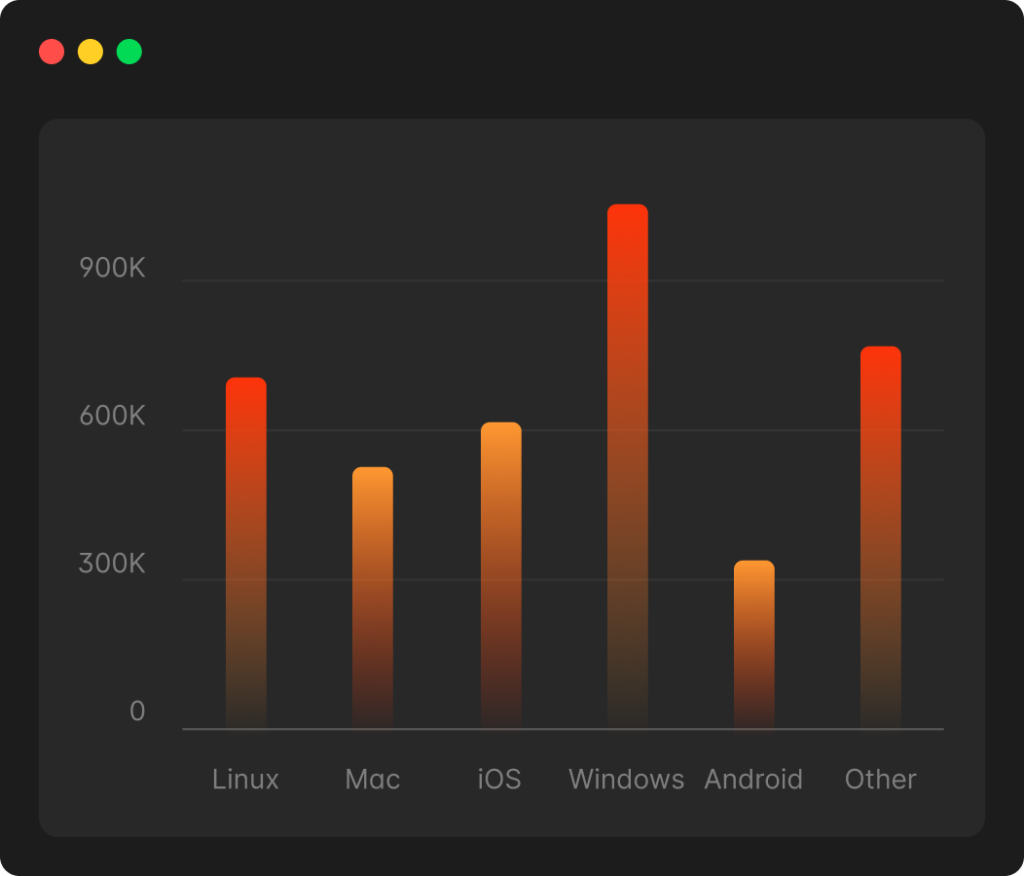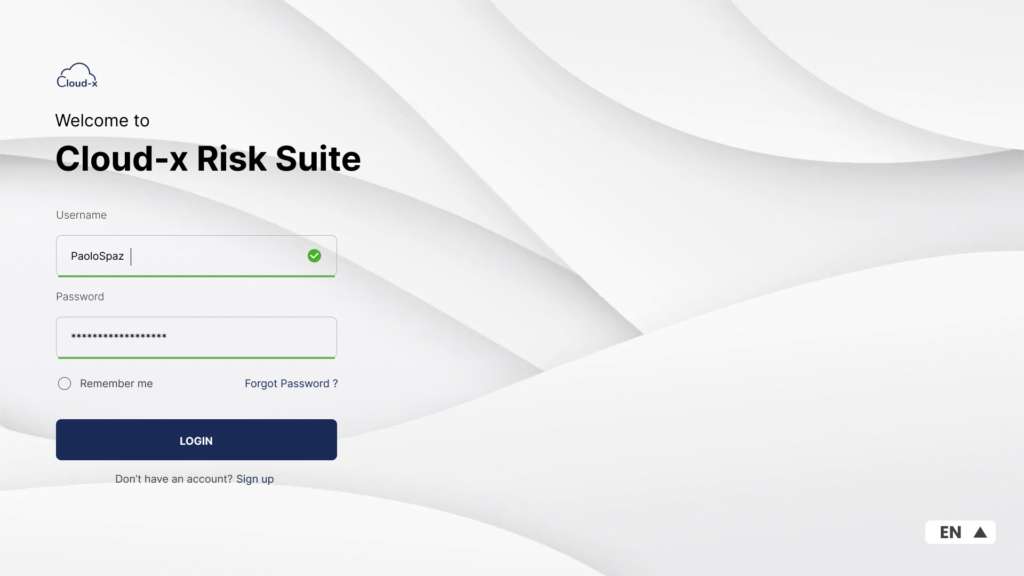ERM
- Home
- ERM


What is Enterprise Risk Management (ERM)?
Key Components of Our ERM Solution
Risk Identification
Identify and categorize risks relevant to your organization's objectives, stakeholders, and operating environment, leveraging risk assessment methodologies and stakeholder input.
Risk Assessment
Evaluate the likelihood and potential impact of identified risks using quantitative and qualitative methods, such as risk matrices, scenario analysis, and key risk indicators (KRIs), to prioritize risks for mitigation.
Risk Mitigation
Develop and implement risk mitigation strategies and controls to reduce the impact or likelihood of identified risks, aligning with organizational objectives, risk appetite, and tolerance levels.
Monitoring and Reporting
Continuously monitor and review the effectiveness of risk management activities, track key risk indicators, and generate comprehensive reports and dashboards to communicate risk exposure, trends, and mitigation efforts to stakeholders.
Integration with Business Processes
Integrate risk management into strategic planning, decision-making, and performance management processes to ensure that risk considerations are embedded into all aspects of business operations and decision-making.
Key Benefits of Our ERM Solution
Improved Decision-Making
By providing a comprehensive view of organizational risks, our ERM solution enables informed decision-making and strategic planning, helping organizations seize opportunities while minimizing potential threats.
Enhanced Resilience
Proactively managing risks through an ERM framework enhances organizational resilience, enabling businesses to navigate uncertainties, adapt to change, and maintain business continuity in the face of disruptions.
Stakeholder Confidence
Demonstrating effective risk management practices enhances stakeholder confidence and trust in the organization's ability to manage uncertainties and achieve its objectives, fostering long-term relationships and reputational strength.

Why Choose Our ERM Solution?
- Expertise and Experience: Our team of ERM experts has extensive experience in helping organizations develop and implement effective risk management strategies across various industries and sectors, providing you with the guidance and support needed to achieve your risk management objectives.
- Customizable Solutions: Our ERM solution is highly customizable to meet the unique needs and requirements of your organization, enabling you to tailor risk management processes and strategies to fit your specific business environment and objectives.
- Scalability and Flexibility: Whether you're a small business or a large enterprise, our ERM solution scales effortlessly to accommodate your growth and evolving risk landscape, ensuring that you can effectively manage risks across your organization's entire ecosystem.

